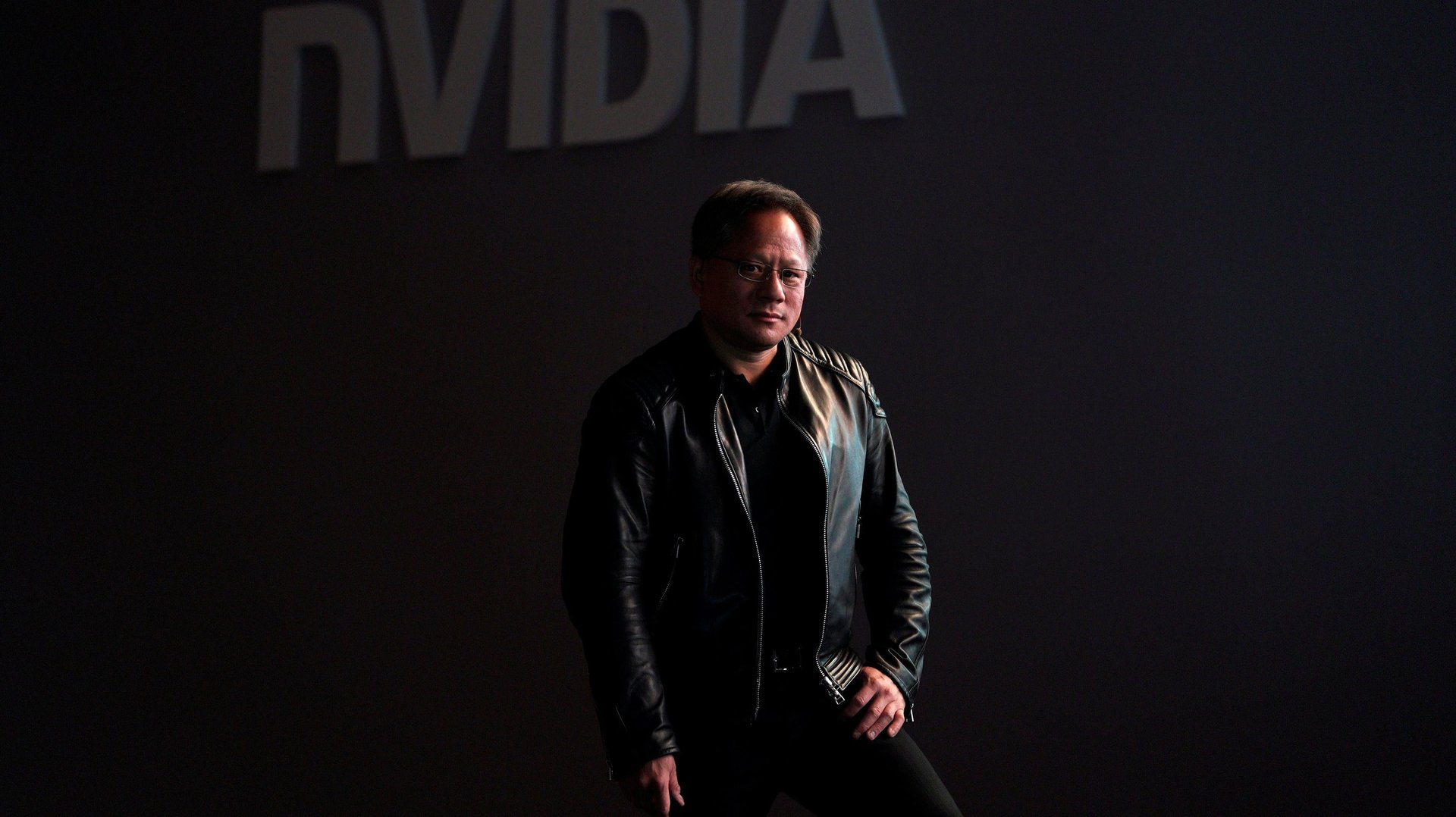Nvidia reports earnings today. 5 things to know about Wall Street's favorite chipmaker
The company's stock has slumped after a huge rally

Investors are impatiently waiting for Nvidia’s earnings report after the bell Wednesday (Feb. 21). The question on everyone’s mind: Will the Nvidia bubble burst?
Suggested Reading
But before even considering where the AI chipmaker is headed, let’s consider how it’s currently performing, the most important factors to its success, and what’s posing its biggest threats.
Related Content
Nvidia is the big supplier behind Big Tech’s AI push
Nvidia’s H100 GPUs, the $30,000 chips that power generative AI products, have unleashed a buying frenzy from the biggest of big tech companies. Its largest purchasers are Microsoft and Meta — which spent $4.5 billion each on the chips last year — followed by Google parent Alphabet, Amazon, and Oracle.
Nvidia is one of few tech companies that’s actually making money from generative AI. In addition to its corporate customers, the company supplies chips to governments like France and India.
Analysts expect Nvidia’s revenues to triple — and then some
Wall Street analysts polled by FactSet expect the company to report fourth quarter revenues of $20.4 billion, over three times its sales of $6 billion in 2022.
“When people say that the market is doing well this year, they really mean that tech is doing well, and Nvidia is at the core of that,” Keith Lerner, chief market strategist at Truist Advisory Services, told Reuters last week.
The chipmaker’s stock price has surged 200% over the last year
Nvidia stock fell Wednesday as low as $662, a grim sign after the company’s loss of $78 billion in market value the day before.
Still, Nvidia’s stock price remains about 40% higher than it was at the beginning of January, and about 200% higher than a year ago. At one point last week, the company was the third-most valuable in the U.S., ahead of Amazon and Alphabet.
Nvidia is seeing more rivals get into the game
Microsoft, Google, Amazon, and Meta are all developing their own in-house AI chips, posing a threat to Nvidia’s market dominance.
Microsoft said Wednesday that it’s teaming up with Nvidia’s rival Intel to make those chips.
At the same time, chipmaking rivals are catching up. In December, AMD announced a potentially cheaper alternative to Nvidia’s H100 GPUs. Intel’s Gaudi3 is another competitor making its way to market.
Some analysts think the Nvidia bubble will burst
Analysts from D.A. Davidson think Microsoft’s move to develop its own GPUs and its willingness to purchase from Nvidia’s competitors are warning signs for the company. But competition aside, some think Nvidia’s hype is overblown.
“The scale at which expectations have ballooned, resulting in a conflated valuation of the business, makes it hard for us to recommend buying the stock at these price levels,” the D.A. Davidson analysts wrote in a January report. The analysts also likened the supposed AI bubble to the dot-com bubble and Nvidia to Cisco Systems — the implication being that its bubble, too, will burst.
Experts from Research Affiliates, an investment research firm, echoed that sentiment in a report last year, saying that while Nvidia and AI are here to stay, they’re currently overvalued. “Nvidia’s price reflects a certitude that its CPU architecture will continue to dominate, that it will not be displaced by new entrants or internal projects at other AI firms, and that current market expectations aren’t excessively optimistic,” the firm wrote.
Another big problem: Because analyst expectations are so high, even earnings slightly below forecasts could send Nvidia’s stock tumbling.